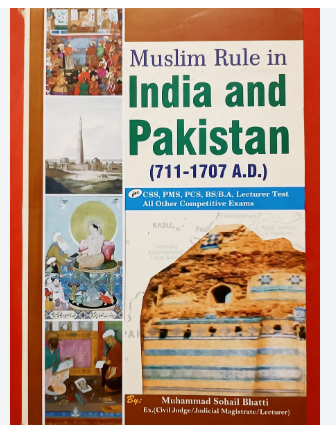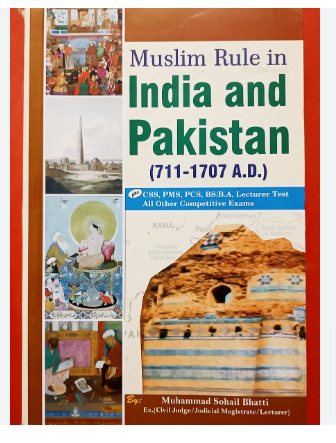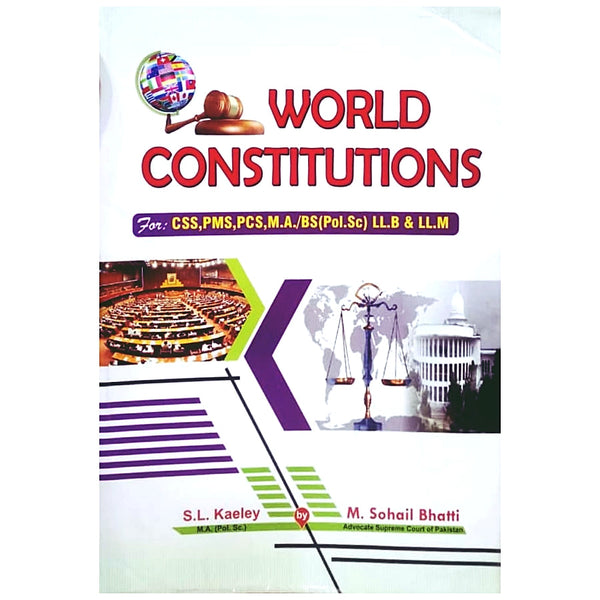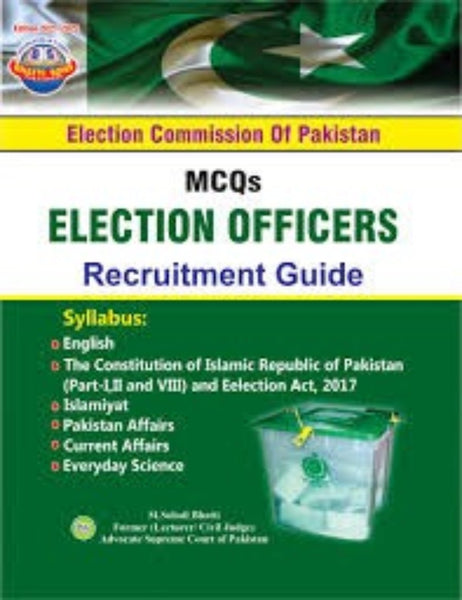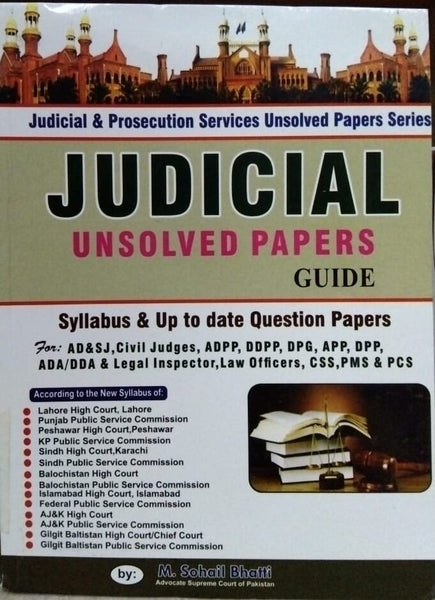Muslim Rule in India and Pakistan 711 To1707 AD For CSS PMS PCS BS BA Lecturer Test All Other Competitive Exams By M Sohail Bhatti
- Publisher: BHATTI SONS PUBLISHERS
- Availability: In Stock
- SKU: 37526
- Number of Pages: 813
Rs.900.00
Rs.1,200.00
Tags: administrative innovations , Akbar the Great , Alauddin Khilji , architectural marvels , BA exams , Best Price , Best Selling Books , border disputes , British Raj , BS exams , colonial history , colonial legacy , conquerors , cultural heritage , Delhi Sultanate , diplomatic history , dynastic rule , exam preparation. , historical legacies , historiography , independence struggle , Indian history , Indian subcontinent , INDO-PAK History , Indo-Pak wars , Indo-Pakistani relations , Islamic dynasties , lecturer tests , M. Sohail Bhatti , Mahmud of Ghazni , medieval India , medieval Pakistan , Mughal Empire , Muhammad bin Qasim , Muslim rule , nation-building , online , ONLINE BOOKS , partition of India , peace processes , pms , political transitions , post-colonial era , regional conflicts , regional history , religious syncretism , socio-cultural evolution , socio-economic development , socio-political landscape , South Asian history , subcontinental politics , territorial disputes.
The period from 711 to 1707 AD marks a significant epoch in the history of the Indian subcontinent, characterized by the establishment and evolution of Muslim rule across the region comprising present-day India and Pakistan. This era witnessed a profound transformation in political, social, and cultural landscapes, as Islamic dynasties rose to power, leaving an enduring legacy that continues to shape the subcontinent's identity today. The arrival of Muslim conquerors, beginning with Muhammad bin Qasim's incursion into Sindh in 711 AD, marked the inception of Islamic governance in the Indian subcontinent, leading to a series of successive dynasties and Sultanates.
Throughout this period, the Indian subcontinent witnessed the emergence of several influential Islamic dynasties and Sultanates, each leaving a distinctive imprint on the region's socio-political fabric. From the Umayyad conquests to the establishment of the Delhi Sultanate and the subsequent Mughal Empire, Muslim rule brought about a fusion of diverse cultural traditions, architectural marvels, and administrative innovations. Notable rulers such as Mahmud of Ghazni, Alauddin Khilji, and Akbar the Great spearheaded military conquests, economic reforms, and religious syncretism, shaping the course of Indian history and leaving behind a rich tapestry of heritage and tradition.
Key Points:
1. Muhammad bin Qasim's conquest of Sindh in 711 AD marked the beginning of Muslim rule in the Indian subcontinent.
2. The Delhi Sultanate, founded in 1206 AD, was a pivotal Islamic state that exerted significant influence over the region for centuries.
3. The Mughal Empire, established in the early 16th century by Babur, consolidated Muslim rule and witnessed the zenith of cultural and architectural achievements under rulers like Akbar and Shah Jahan.
4. Islamic governance in India and Pakistan led to the amalgamation of diverse cultural traditions, architectural marvels, and administrative innovations.
5. Notable rulers such as Mahmud of Ghazni, Alauddin Khilji, and Akbar the Great played pivotal roles in shaping the socio-political landscape of the subcontinent.
6. The legacy of Muslim rule continues to influence the cultural, religious, and architectural heritage of India and Pakistan to this day.
════ ⋆★⋆ ═══
Writer ✤ M Sohail Bhatti
Publishers ✤ BHATTI SONS PUBLISHERS

